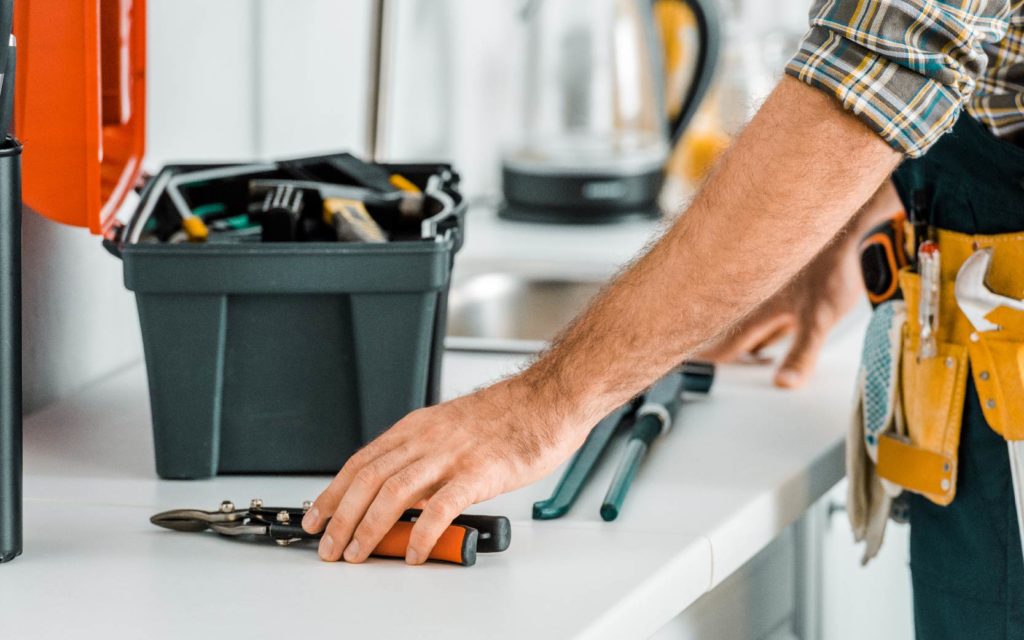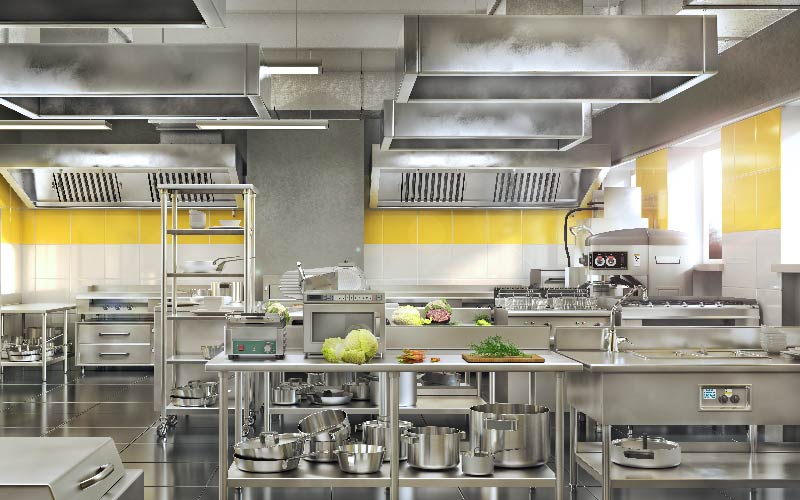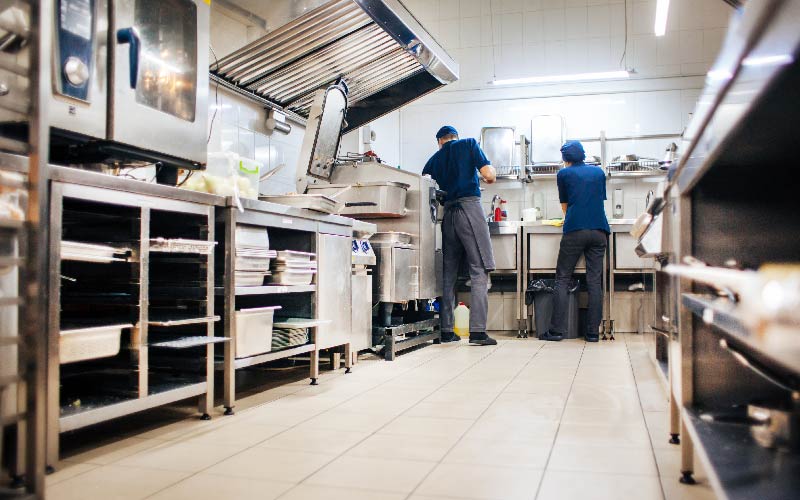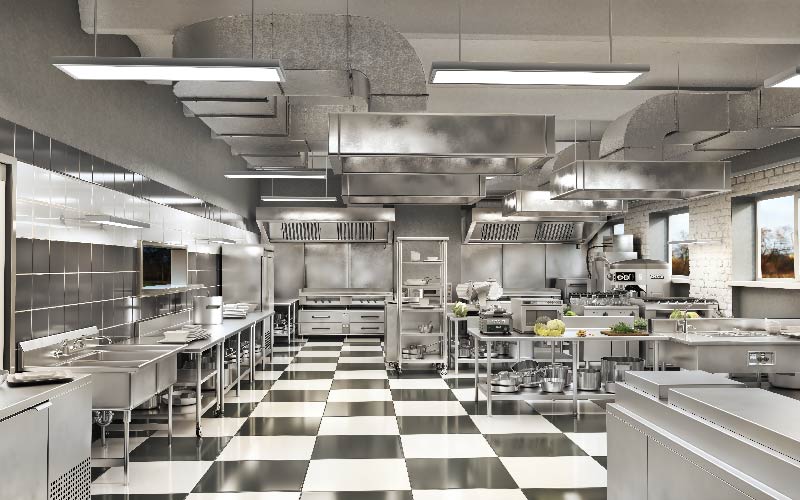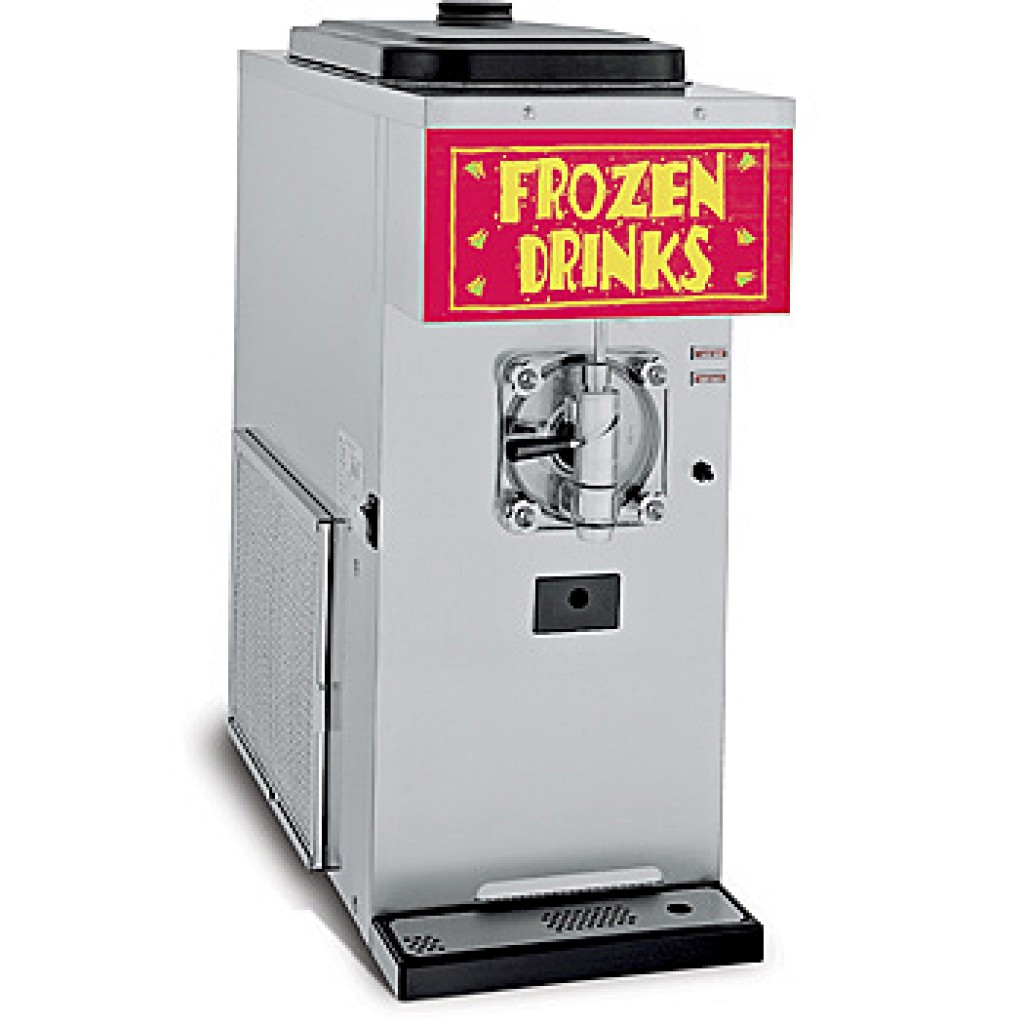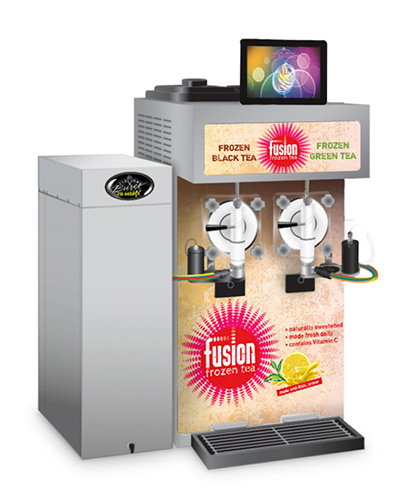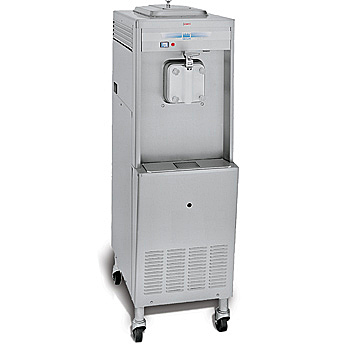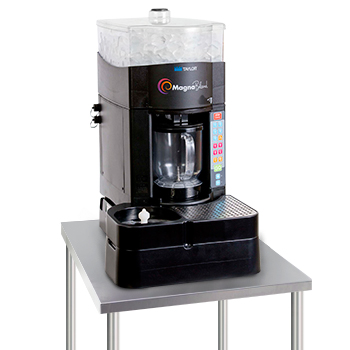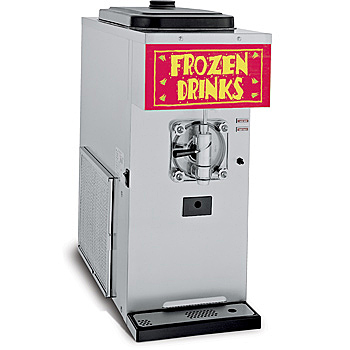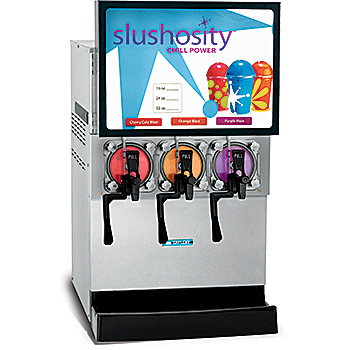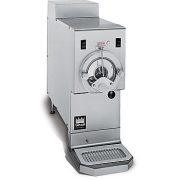The increasing demands from younger diners make the build-your-own-meal platform a must today. Our next blog explores this in more detail and how to change to thrive. In the meantime, courtesy of QSR Magazine, see the transcript of the article below or click here for the original: https://goo.gl/K5WtyY
How Millennials’ Love for Customization is Changing Quick Service
Allowing diners to customize menu items has been part of the quick-service firmament for years, but increasing demands from younger diners make the build-your-own-meal platform a must today.
In fact, while speed has been key to the quick-service experience, it might now be playing second fiddle to choice when these young guests decide where to eat.
“The reason is Gen Y, the millennials,” says Bill Guilfoyle, associate professor of business management at The Culinary Institute of America in Hyde Park, New York. “Every restaurant, especially in quick service, is moving to attract this group.”
Millennials “love customization,” he says. “They don’t want the same old thing, but would rather do their own thing.”
This ability to create a meal takes a number of forms. Some brands provide a broad range of ingredients and let the customer build their entire dish; some offer chef-crafted options that can be tweaked. Some concepts package meals into combinations of two or more menu items, while others take a more a-la-carte approach.
Setting limits on the number of ingredients guests can select for a dish saves time and labor, Guilfoyle says. Additionally, too many choices may be confusing for diners, something students in his “Intrapreneurship” program discovered at a fast-casual concept they tested in the Hyde Park campus’s student union.
“The items we put on the menu as custom ideas, like a banh mi meatball sandwich, were received better than a build-your-own version,” he says. “In terms of efficiency, it was the way to go.”
Too many ingredients in a build-your-own dish also could create taste issues.
“I think anything over seven [ingredients], where the protein and the sauce are two of them, begins to be an issue,” says Matt Harding, director of culinary at Columbus, Ohio–based Piada Italian Street Food. “Otherwise you potentially add a lot of noise.”
Some ingredients for Piada’s bowls, salads, and namesake piadas—similar to burritos—already use several spices. Also, some choices may clash with others if they are combined into a dish. Restaurant associates are trained to guide guests to the best combinations, but not to balk on requests. “We really push our staff to say, ‘Certainly,’” Harding says.
Every chef or operator has a sweet spot for the number of ingredients in a dish, and guests, particularly newcomers to a concept, often need direction, says Diana Kelter, foodservice analyst with market research firm Mintel.
Take poké, for example. The native Hawaiian chopped seafood salad has made its way to the mainland in recent years, and a number of limited-service restaurants featuring the raw fish dish have popped up in California and are working their way east.
“Guests are saying, ‘I don’t know what kind of sauce works best with this or what combinations are good,’” Kelter says. “It can be a learning process to find the number of ingredients that fit your taste.”
When Sweetfin Poké’s chef and co-owner, Dakota Weiss, was designing the Santa Monica, California–based company’s first restaurant, customer comfortability was a top consideration. “We were always thinking of having build your own, but that can be really intimidating for people not familiar with poké,” she says. “And there are lots of ingredients on the menuboard.”
As a result, she developed a series of signature bowls for the majority of guests “who don’t want to do too much thinking” about the choices.
At Pokeworks, which has units in a half-dozen large markets, its Signature Works are meant to guide diners. “It gives customers the opportunity to explore more options for their palates and then come back and try other ones,” says cofounder Kevin Hsu.
Poké, which includes chunks of seafood traditionally served with salt, sesame oil, and other garnishes in a bowl, is akin to deconstructed sushi. That helps many guests adapt to the concept and create their own dishes, Hsu adds.
The growth in all types of bowls continues unabated. During 2016’s third quarter, menued bowls jumped 9 percent from a year earlier, according to Mintel Menu Insights. At the same time, the number of ingredients in bowls increased 6 percent.
“While bowls are not always served in a build-your-own format, that is a common trend,” Kelter says. “This data demonstrates that bowls continue to get more layered with ingredients.”
Bowls are a popular serving method at Teriyaki Madness. Guests can choose among seven proteins prepared mostly teriyaki-style, along with steamed or stir-fried vegetables atop a base that could be one of three types of rice or yakisoba noodles.
“We’re sort of Seattle-style bowls—big bowls of Japanese-style vegetables, protein, and rice or noodles,” says Michael Haith, chief executive of the Denver-based company. “It’s simple Japanese comfort food with a twist.”
The most popular combination is white rice, chicken teriyaki, and a mix of vegetables. The food is cooked and assembled in the kitchen when ordered.
The staff at Teriyaki Madness is trained to understand the flavor profiles of the ingredients and to deal with dietary needs of guests with special requirements. “Then it’s easy to help customers put together the best combinations,” Haith says.
Most operators say training is essential in the build-your-own movement, especially as guests progress along a Chipotle-like assembly line.
“When guests create their own and it’s not fantastic, it’s our fault because we allowed them to do that,” Piada’s Harding says. “But if you have someone up front who knows the flavors and can guide consumers, you have more control.”
Piada had mostly build-your-own dishes when it launched in 2010. But it developed chef-inspired versions to give diners more direction and to keep service from bogging down.
If guests require guidance in well-known styles like Italian, imagine the issues that could arise in poké.
“Some people would literally put every ingredient on their poké, and then tell us it wasn’t great,” Sweetfin’s Weiss says. “We don’t say to a guest, ‘You can’t do that,’ but we can steer them in the right direction.”
With nearly 30 potential add-ons, choosing can be difficult, so staffers may recommend a few for flavor and texture. The nine signature dishes at Sweetfin consist of three or four basic ingredients, plus poké basics like scallions, white and black sesame seeds, and salt.
Pokeworks not only has bowls, but also poké burritos, which are large sushi rolls. The construction of the rolls, like the bowls, is done along an assembly line.
“You can choose your protein, like tuna or salmon, then mix-ins, sauces, toppings, and then crunch,” Hsu says, noting that the crunch can be something like roasted macadamia nuts or wonton crisps.
The whole idea of customization is to provide options for guests’ tastes and dietary needs, and offering these alternatives has become increasingly popular, says Andrew Pudalov, founder and chief executive of Rush Bowls. The Boulder, Colorado–based chain has 15 nutritious bowls—good for breakfast, lunch, or dinner—as well as limited-time offers.
“For most people, these are something to start with, then a percentage want them fine-tuned for their own liking,” Pudalov says. “Say they want extra whey protein because they’re working out, or soy or almond milk because of a lactose issue.”
Popular Rush bowls include Peanut Butter & Jelly, with house-ground peanut butter, bananas, and strawberries. The Jungle bowl features strawberries, pineapple, bananas, shaved coconut, two juices, and more. Fat-free frozen yogurt is optional.
The Create Your Own salad is a favorite at Saladworks. Guests can choose among five lettuce or pasta bases, any five of 60 toppings—including proteins, vegetables, cheeses, and other ingredients—and then one of 17 dressings. Anything more is extra.
“If you think about the salads you have at home, you’re probably not having more than five ingredients,” says Patrick Sugrue, chief executive of the Conshohocken, Pennsylvania–based company. “You want to have a consistent flavor throughout the salad.” That’s difficult to achieve as more ingredients are added in, he says.
For most customers, five toppings are plenty, he adds, and some guests seek even less variety, doubling up on some toppings. Also, more ingredients mean that the salad creation will take longer, and “speed is crucial at lunch.”
In an effort to give consumers more control, Saladworks is testing kiosks that help guests choose ingredients and provide nutritional and dietary data directing them to ingredients reflecting their lifestyles. “This will add a lot of value to customers,” Sugrue says.
Older concepts, such as burger and pizza joints, still can develop new build-you-own ideas. Mooyah Burgers, Fries & Shakes, for example, has made burger customization one of its staples, with guests choosing among five protein options, four buns, and 27 toppings and sauces. The only items that bring an extra charge are bacon and cheese.
Over the past few years, however, Plano, Texas–based Mooyah created a “Taste to Try” burger of the month. This introduces new combinations of existing ingredients to guide guests. Combinations have included the Hamburgdog, which is a beef burger topped with a hot dog, cheddar cheese, bacon, jalapeños, fried onion strings, and ketchup on a white bun.
Offering many ingredients “brings a little bit of choice anxiety” for diners, says Natalie Anderson Liu, vice president of marketing at Mooyah. “You may not be building your best-tasting burger because you can’t imagine it. So some people just have them stripped down with lettuce, tomatoes, onions, and ketchup.”
“Taste to Try” offerings are not limited-time offers, because the toppings are always available. Liu says many guests continue to choose these special burgers, maybe with some tweaks. And the guest check for them is 40 percent higher, partly because they include at least one extra-charge ingredient.
Pizza has always been a create-your-own dish, but Fresno, California–based Blast & Brew is adding a new twist: creating meals that allow guests to pair their pizza with a choice of more than 30 taps of self-pour, by-the-ounce craft beer. That gives diners the opportunity to try small amounts of different beer with their pizza.
Staff behind the counter is trained to recommend beer that works best with certain pizzas, says Mike Reynolds, chief development officer. There’s also an expert “beer genius” working near the taps that can provide guidance.
“You can not only customize your pizza experience, but you can customize your entire dining experience,” he says.
Blast & Brew is mostly a fast-casual operation, although the beer genius can take orders for food and deliver them to the tables, which Reynolds says occurs more in the evening, when alcohol sales are higher.
The concept of building your own meal is also being combined with creating your own menu. Dallas-based Corner Bakery Cafe’s Choose Any Two option allows guests to construct a set-price lunch or dinner with two items. They choose from among a half sandwich, half panini, grilled flatbread, pasta, salad, and cup of soup.
A number of the menu items “lend themselves to customization, and we see a significant amount of modification,” says chief executive Frank Paci. While few guests build their own sandwiches or salads, many make changes, adding and subtracting ingredients.
“Ultimately, what you want to do is make the customer happy,” he says. “You previously could do a half sandwich and cup of soup, but now you can get a chopped salad or one of our pastas in combination. It gives you great choice and flexibility.”
That’s an advantage of fast-casual dining, he says, because “if something is made to order, it is easy to change. The term I like is ‘personalizing your meal.’”
This story originally appeared in QSR’s March 2017 issue with the title “Creative Construction.”
QSR Magazine #foodserviceequipment #restaurant

